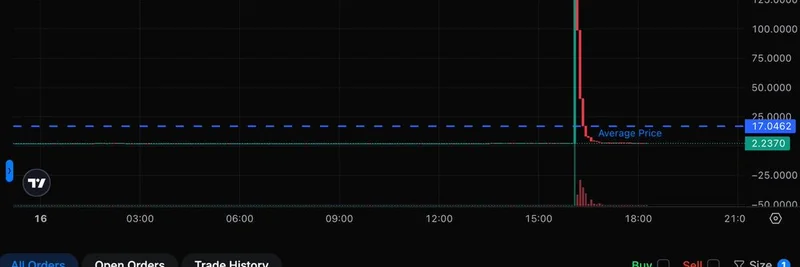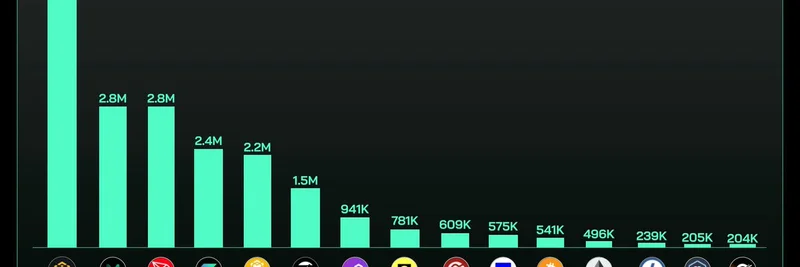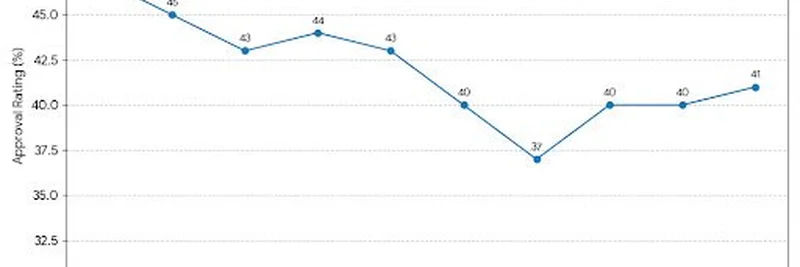In the fast-paced world of cryptocurrency, even seasoned holders can fall victim to basic pitfalls like low liquidity. A recent incident on the Cardano blockchain highlights this all too well. According to blockchain investigator ZachXBT, a wallet that had been inactive for about five years suddenly sprang to life, swapping a whopping 14.4 million ADA—worth around $6.9 million—for USDA, a USD-pegged stablecoin on Cardano. The result? A staggering loss of $6.05 million due to massive price slippage caused by insufficient liquidity in the trading pool.
The story broke via a tweet from @officer_secret, who shared insights from ZachXBT's Telegram channel. The wallet address in question is addr1qy5lcrk497pg88xkfgwxp2v9y328g3j87tvq3sefpkmg7n7nst5js3fzwl4cm8g46fm6unayaet8yfcw5kp3jkjy0tdsr4x534, which you can check out on explorers like Blockchair for the full transaction history.
As seen in the chart above, the swap caused the USDA price to spike dramatically for a brief moment before settling back down. This is a classic example of slippage in decentralized exchanges (DEXs), where large trades in pools with limited liquidity can drastically move the price against the trader. In simple terms, slippage happens when there's not enough of the asset you're buying (or selling) available at the quoted price, forcing the trade to execute at worse rates as it depletes the pool.
Why did this happen? The wallet had been dormant since around 2020, meaning the owner might have been out of the loop on current DeFi practices. Instead of opting for an over-the-counter (OTC) deal—which could have secured a fair exchange rate without market impact—they went straight to a DEX. Some replies to the tweet speculated on the owner's situation, with one user jokingly suggesting they "went to prison for 5 years" and came back to immediately lose big. Another even claimed it was their trade but insisted the loss was only $38K due to an urgent need—though that seems dubious given the on-chain data.
For meme token traders, this serves as a stark reminder. Meme coins often launch with shallow liquidity pools, making them prime targets for similar disasters. If you're diving into low-cap tokens, always check the pool depth on tools like DexScreener or similar platforms. Set slippage tolerances wisely—typically 5-10% for volatile assets—but be prepared for the worst. Better yet, for large trades, consider OTC options or breaking the swap into smaller chunks over time to minimize impact.
This event also underscores the risks in emerging ecosystems like Cardano's DeFi scene. While USDA aims to provide stable value, its liquidity isn't on par with giants like USDT or USDC on Ethereum or Solana. As Cardano grows, expect more liquidity to flow in, but for now, caution is key.
Incidents like this aren't just losses—they're learning opportunities for the community. Stay vigilant, do your due diligence, and remember: in crypto, liquidity is king. If you're holding dormant assets, ease back in slowly to avoid these costly surprises.



